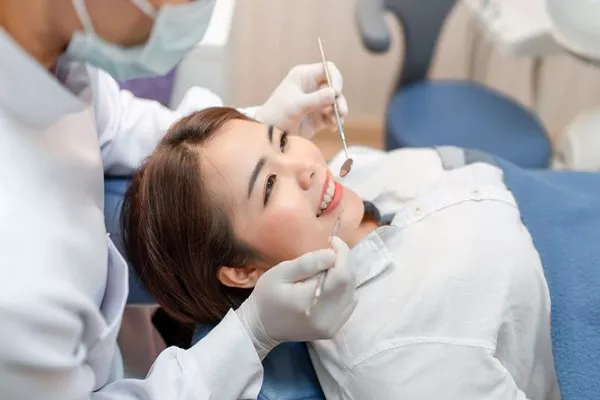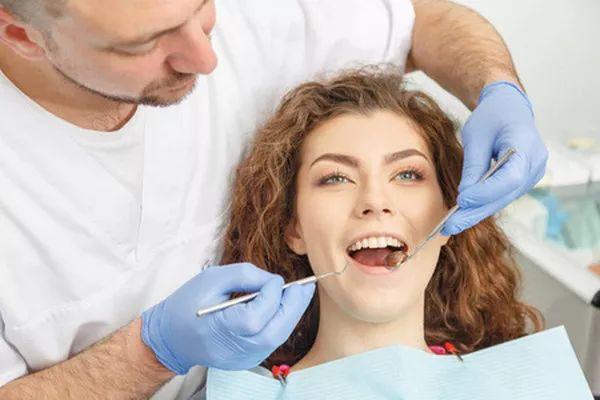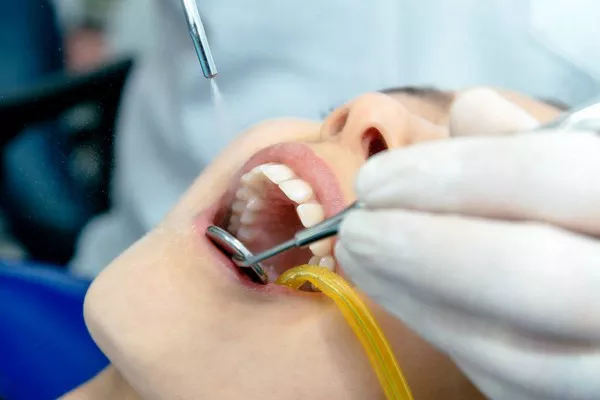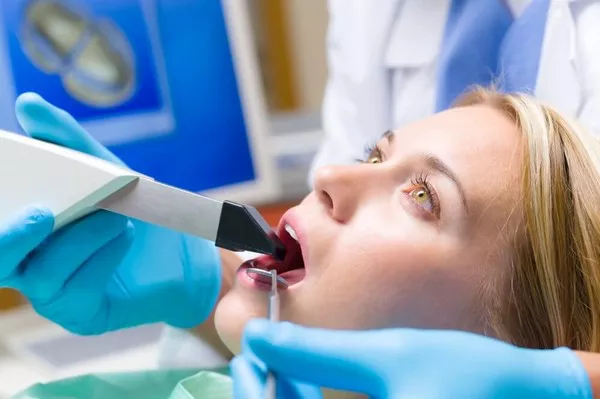Wisdom tooth removal is a common dental procedure, and the post-operative period often involves adjusting one’s diet to facilitate a smooth recovery. Among the many questions that arise, individuals frequently inquire about the timeline for resuming activities like chewing gum. In this comprehensive guide, we explore the considerations and recommended timelines for reintroducing gum into one’s post-wisdom teeth removal routine, ensuring a balanced approach to recovery.
1. Immediate Post-Operative Phase: The Initial Days of Recovery:
Immediate Restrictions: In the immediate aftermath of wisdom tooth removal, typically the first few days, it is advisable to refrain from chewing gum. The goal during this period is to allow the surgical sites to heal without unnecessary stress or irritation.
Focus on Soft Foods: The initial days often involve a diet of soft foods that are easy to chew and do not pose a risk of dislodging blood clots or interfering with the healing process.
2. Healing Progression: Listening to Your Body:
Individual Healing Rates: The timeline for resuming activities like chewing gum varies from person to person. Factors such as the complexity of the extraction, overall health, and adherence to post-operative care guidelines can influence the rate of healing.
Signs of Healing: As the days progress, individuals may notice a reduction in swelling and discomfort. It is crucial to pay attention to the body’s signals and consult with the dental professional if any concerns arise.
3. Consultation with the Dental Professional: Individualized Guidance:
Follow-up Appointments: Scheduled follow-up appointments with the dental professional provide an opportunity to assess healing progress and receive personalized guidance on when it is safe to reintroduce activities like chewing gum.
Communicate Any Concerns: If individuals have specific concerns or questions about their recovery, it is essential to communicate openly with the dental professional. They can provide insights based on the individual’s unique circumstances.
4. Timeline for Resuming Gum Chewing: Gradual Reintroduction:
Typical Timeline: In many cases, individuals can start considering the gradual reintroduction of gum into their routine around the one to two-week mark post-extraction. However, this timeline is subject to individual healing progress and professional guidance.
Start with Soft or Sugar-Free Gum: When reintroducing gum, it is advisable to start with soft or sugar-free varieties. These are less likely to cause irritation or adhere to healing surgical sites.
5. Considerations for Safe Gum Chewing: Ensuring Optimal Healing:
Gentle Chewing: Initially, individuals should practice gentle chewing motions. This helps avoid placing excessive stress on the jaw and surgical sites, minimizing the risk of complications.
Avoid Excessive Force: Vigorous chewing or biting down forcefully on gum should be avoided, especially in the early stages of reintroduction. This precautionary measure helps prevent potential damage to healing tissues.
6. Monitoring for Signs of Discomfort: Vigilance in Recovery:
Discontinue if Discomfort Arises: If individuals experience any discomfort, pain, or signs of irritation while chewing gum, it is advisable to discontinue the activity temporarily and consult with the dental professional.
Gradual Progression: The key to a successful reintroduction of gum chewing is gradual progression. As healing continues, individuals can slowly increase the duration and intensity of gum chewing based on their comfort level.
Conclusion:
Resuming activities like chewing gum after wisdom tooth removal requires a balanced and patient approach. While there is a general timeline for when it is safe to reintroduce gum, individual healing rates and considerations play a significant role. Consulting with the dental professional, paying attention to the body’s signals, and gradually reintroducing gum with caution are essential elements of a successful recovery. By following these guidelines, individuals can strike the right balance between promoting optimal healing and gradually returning to their regular oral care routine.
What To Do If You Vomit After Wisdom Tooth Extraction
Is Wisdom Teeth Removal Necessary
How To Tell If You Need Your Wisdom Teeth Removed































